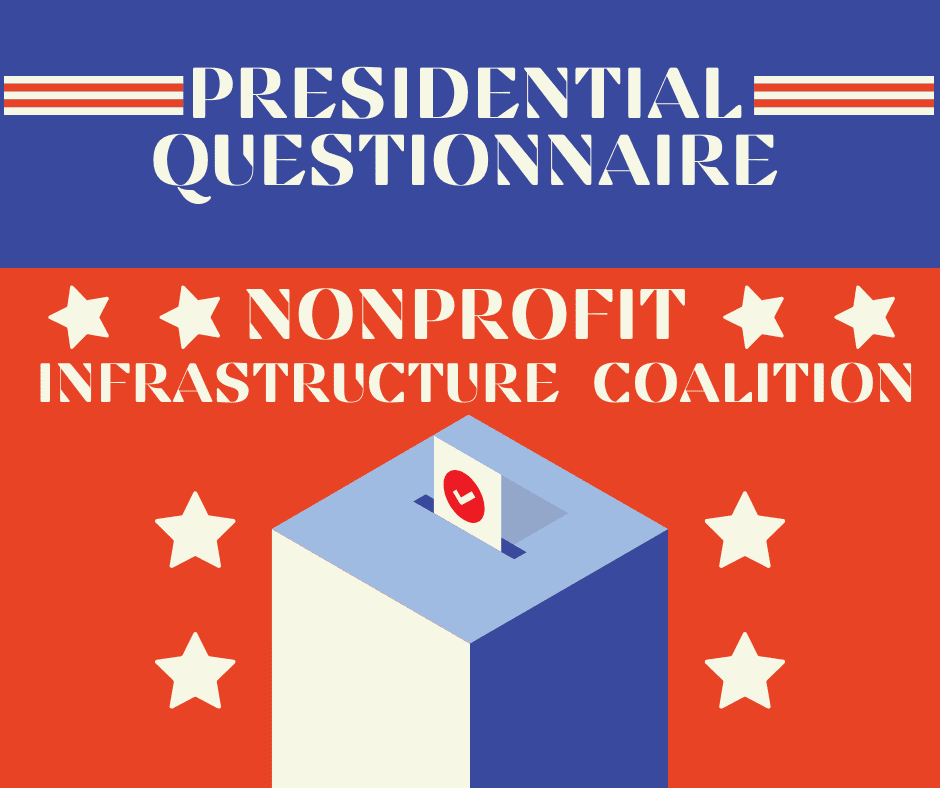Authored by Dr. Mirae Kim (George Mason University), IS visiting scholar, and co-author Dr. Dyana P. Mason (University of Oregon)
Over the past three years, the nonprofit sector has undergone a profound change. A new study, spanning 2020 to 2023, examines the changes nonprofits made in response to COVID-19 and looks at the characteristics of the most adaptive nonprofits.
The study, A Shock to the Status Quo: Characteristics of Nonprofits that Make Strategic Decisions During a Crisis,” finds that the nonprofit sector displayed resilience and adaptation and provides a roadmap for nonprofit success during uncertainty.
Many nonprofits recovered rapidly after 2020 and have implemented long-lasting changes since. Sixty percent of nonprofits have engaged in a strategic planning process since the pandemic, and 44% have added new online programs.
Government partnerships during the crisis were crucial, as they influenced nonprofits’ growth or retrenchment. Volatility of government funding led to shifts in strategies. Nonprofits with changed government funding, whether increased or decreased, reported higher percentages of new programming.
While not surprising, the study also shows that greater challenges bring more changes to nonprofits – even though some changes may not be positive, such as reducing workforce size or cutting programs.
This study underscores the crucial role of government-nonprofit partnerships, adaptable leadership, and proactive planning for changes during a crisis. It provides a roadmap that nonprofit leaders can use to navigate ambiguity, embrace change, and forge a sustainable path toward growth and impact.


